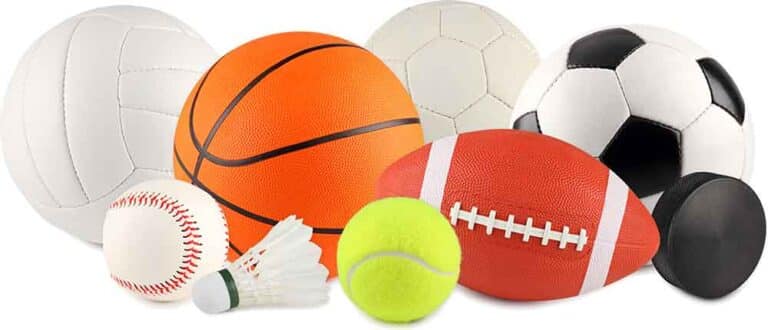There are many positive reasons for our kids to participate in sports, including improved self-esteem, learning self-discipline, respect for fair play, and understanding the value of hard work, as well as the simple fact that they will enjoy it. In today’s society, however, many youth end up specializing quite early in one sport, putting them at risk for injuries and burnout.
USA Today cited the case of a gifted young pitcher who began noticing soreness in his pitching arm when he was 9 years old. He continued to play baseball, and by age 15 he was forced to undergo elbow surgery to repair a ligament. Unfortunately, after a second surgery was required a year later, this young man was never able to return to competitive baseball. This type of overuse injury has become quite common as adolescents (and their parents and coaches) push hard in one sport, often playing on school and travel teams at the same time, in the hopes of winning, attaining college scholarships, and perhaps even competing professionally. (see the article here)
Part of the reason for these injuries lies in the fact that a young athlete’s bones and muscles cannot handle as much stress as those of an adult. Seemingly small injuries can quickly lead to more serious issues, such as stress fractures, torn tendons and ligaments, and injured bony growth plates. These significant problems are more likely to occur when the young athlete is not allowed proper rest and recovery time and when the demands placed on their joints do not vary. This becomes the case when an athlete is specializing in one sport, such as baseball, gymnastics, or swimming. Sadly, some of these injuries can lead to joint problems like arthritis later in life. This is why it is so important to visit a physio sooner rather than later so they can help get you back on the right tracks.
Another reason to discourage early sports specialization is burnout. When an adolescent is not allowed time off or variety from his sport of choice, he may exhibit fatigue, lack of enthusiasm, chronic joint or muscle pain, difficulty completing usual routines and even quitting sports altogether. To prevent this, pediatric athletes should be encouraged to participate in different activities. Interestingly, some literature even indicates that diversity in sports can lead to greater performance expertise through transfer of learning. Another more far-reaching potential consequence of sports burnout is that these athletes may become less likely than their peers to engage in healthy physical exercise as adults.
To help avoid injuries and burnout in young athletes, the American Academy of Pediatrics Council on Sports Medicine and Fitness recommends the following:
- Limit one sporting activity to a maximum of 5 days/week with at least 1 day off from ANY organized physical activity.
- Allow at least 2-3 months off per year from a particular sport to allow rest and healing. This time off can also be used as a period to cross train and try new activities.
The bottom line is that very few of our pediatric athletes will go on to compete at elite levels. Youth sports can be very competitive, but following the above guidelines can ensure that they stay fun as well.
If you have any questions about youth sports injury prevention and treatment, contact us!


